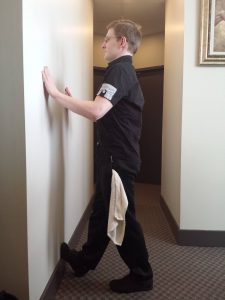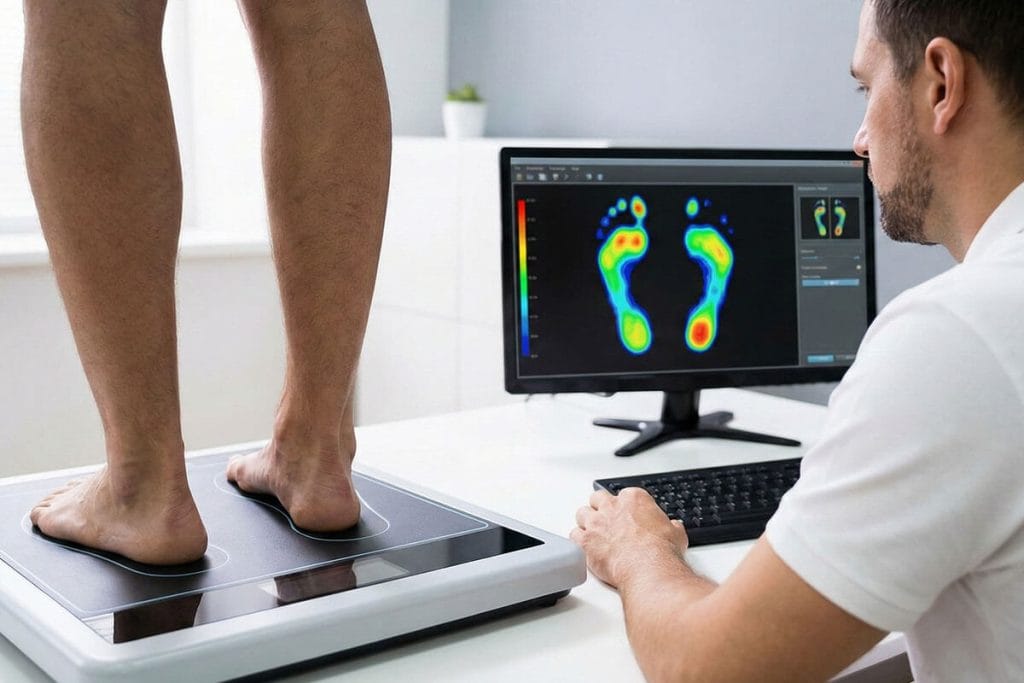Plantar fasciitis is a common condition caused by inflammation and irritation of the thick band of tissue in the foot, known as plantar fascia, which connects the heel bone to the toes. This condition can cause intense pain and discomfort in the heel, making even simple activities like walking or standing a challenge.
Causes of Plantar Fasciitis
Plantar fasciitis is often caused by repetitive strain or overuse of the foot, leading to small tears and inflammation in the plantar fascia. Several factors can contribute to its development, including:
- Overpronation: Individuals with flat feet or high arches are more susceptible to plantar fasciitis due to abnormal foot mechanics, such as overpronation (excessive inward rolling of the foot) or supination (outward rolling of the foot).
- Footwear: Wearing shoes with inadequate arch support, cushioning, or poor shock absorption can increase the risk of developing plantar fasciitis.
- Physical activity: Engaging in activities that involve repetitive stress on the feet, such as running, dancing, or standing for long periods, can lead to the development of plantar fasciitis.
- Age and weight: Plantar fasciitis is more prevalent among individuals between the ages of 40 and 60, as well as those who are overweight or obese.

Plantar Fasciitis Symptoms
The primary symptom of plantar fasciitis is intense heel pain, especially with the first few steps in the morning or after prolonged periods of rest. The pain may also worsen after prolonged standing, walking, or running. In some cases, the pain may extend along the arch of the foot.
Treatment Options for Plantar Fasciitis
When it comes to treating plantar fasciitis, a multidisciplinary approach involving various healthcare professionals is often the most effective. Here are some commonly recommended treatments:
- Rest and Ice: Resting the foot and applying ice packs can help reduce pain and inflammation.
- Physiotherapy: Stretching and strengthening exercises, such as calf stretches and toe curls, can alleviate symptoms and improve foot mechanics.
- Shockwave Therapy (ESWT): This non-invasive procedure uses sound waves to stimulate healing and reduce pain. It has shown to be up to 84% effective in treating plantar fasciitis.
- Orthotics: Customized orthotic devices can play a crucial role in the treatment of plantar fasciitis.
Summary
Plantar fasciitis can be a debilitating condition, causing significant pain and affecting daily activities. A combination of treatments is often recommended and can make a world of difference in treating the condition and making the pain more manageable. Seeing a Chiropractor or Physiotherapist at Backs in Action who can evaluate your condition and recommend the best course of action to treat your plantar fasciitis will make a world of difference.







